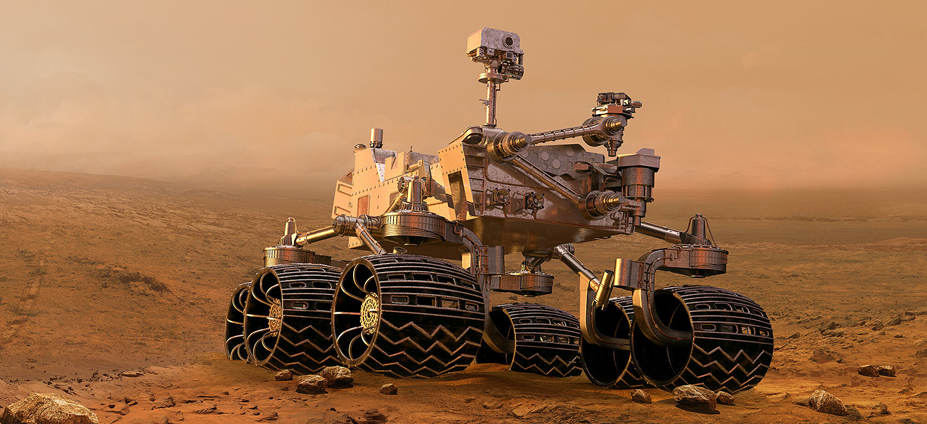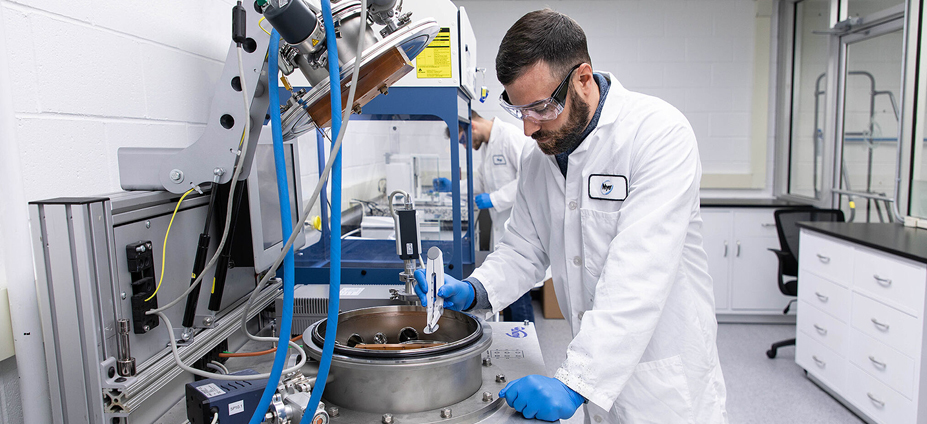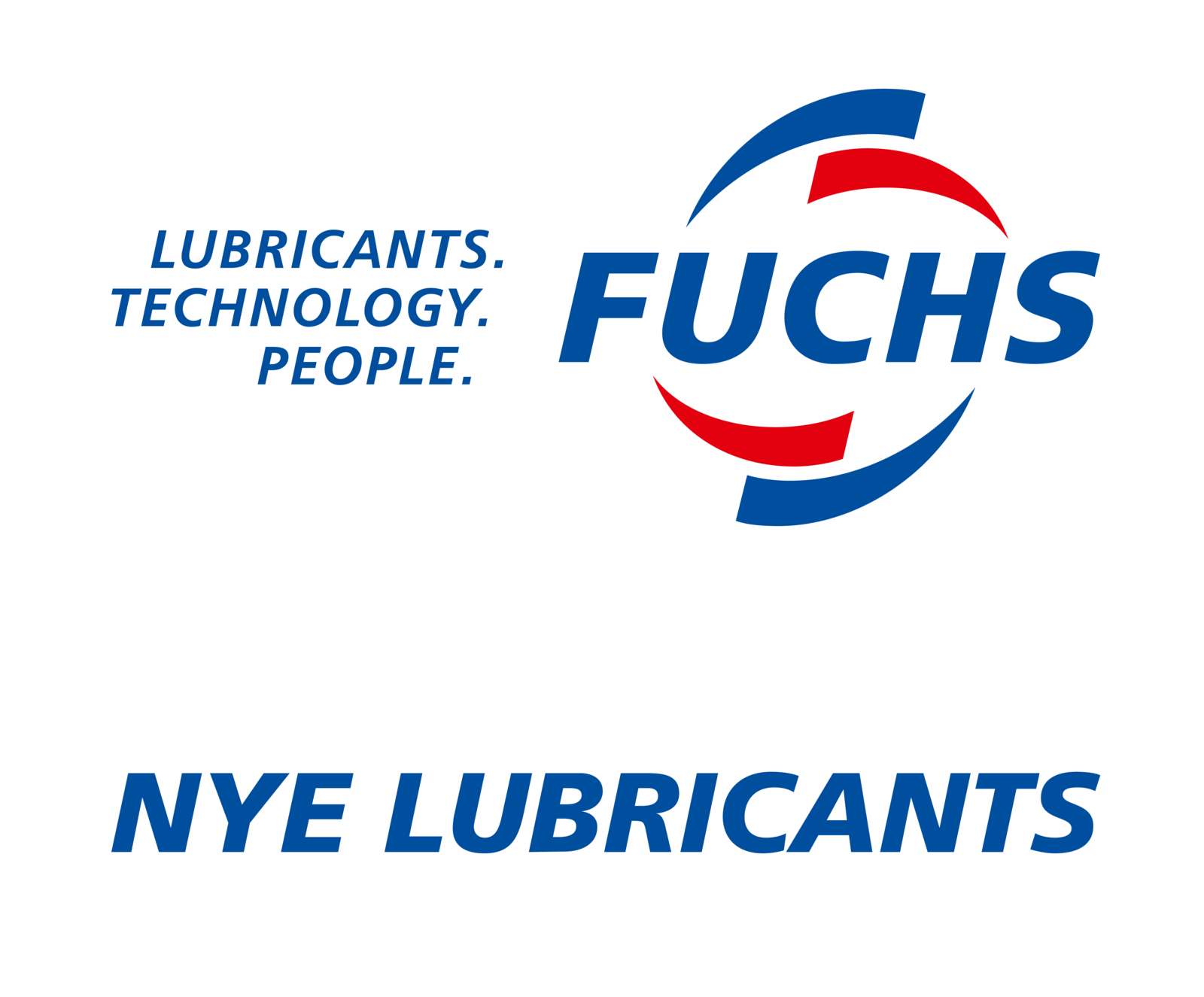FUCHS in space
Today’s space industry is vastly different than it was just a decade ago. Gone are the days when space exploration was limited to government-funded missions.
Today, private companies within and outside of the aerospace sector are rushing to explore the great unknown with both large and small satellites and spacecraft. With more players, more missions, and large constellations of satellites, the need for innovative space lubricants will continue to grow.
FUCHS products are now available on the ground and in space after acquiring Nye Lubricants in 2020. Nye has worked with leading space organizations for more than 65 years to develop cutting-edge formulations. Most recently, in February 2021, the Mars Perseverance Rover landed on Mars and with it, a barrier film from Nye Lubricants. Nye’s space lubricants have a long flight history and were first launched into space on the Mercury Mission in 1963. Nye products have played a critical role in protecting components on the International Space Station, GOES-R Series Satellites, and the James Webb Telescope that launched on December 25, 2021.

Lubricants for space applications like these are often selected to extend component life, protect optics, control motion, and prevent contamination. Formulating a lubricant that can accomplish these goals becomes difficult when paired with the harsh environment of outer space.
Developing space lubricants
Lubrication engineers must have a thorough understanding of how space applications work and how the harsh environment impacts lubricant performance. “Extreme temperatures, vacuum conditions, low outgassing, low particle generation, and long life are all properties that must be considered when formulating a space lubricant to ensure that components operate reliably for the entire life of the application,” says Dr. Jason Galary, Nye’s Director of Research, Development, and Innovation. Unlike a car, if a component fails on a satellite, it cannot be taken in for servicing. With space missions costing hundreds of millions if not billions of dollars, there is no room for failure. This means that every material used, lubricants included, must be validated to ensure they will operate reliably for the entire life of the application.

“When formulating a space lubricant you need to ensure that components operate reliably for the entire life of the application.”
Dr. Jason Galary,
Nye´s Director of Research, Development, and Innovation
Testing for outer space
Opened in 2019, Nye’s Vacuum Aerospace and Semiconductor Test (VAST) Laboratory is an extremely controlled environment dedicated to formulating and validating lubricants that operate in vacuum. “An advantage that Nye has over our competitors is the ability to replicate the vacuum of outer space in our custom-built environmental test chambers,” remarks Dr. Galary. In the VAST Lab one of a kind test apparatus designed and built by Nye engineers expose lubricants and components to extreme conditions that mirror those encountered in a space environment. Some rigs, like Nye’s Spiral Orbit Tribometer (SOT), can support customer supplied components to simulate how a lubricant will perform in a specific application.
Nye’s SOT was built based on a method of tribometry developed at the NASA-Glenn Research Center. Using the SOT, engineers can predict the relative lifetime of a lubricant based on the number of orbits made below a friction level. The testing is a simulation of a thrust bearing and provides results that indicate the lubricant consumption, degradation, and life. As this test is done in ultra-high vacuum and the materials in contact can be customized, the SOT can provide a great deal of insight into the performance of mission critical lubricants.
Insights for applications on Earth
Similar to the vacuum of space, in semiconductor fabrication, outgassing and particle generation can contaminate precision components and have a negative impact on product quality and yields. The information gathered about space applications can also be used to provide insight into the development of lubricants for semiconductor applications which also require clean lubricants, low outgassing lubricants that can withstand vacuum conditions.
The video “Lubricants in Space“ shows examples of lubricants designed specifically for applications that must survive the extreme conditions of the space environment.
Mission critical lubricants: Mars Rover
When optics become compromised, a mission and years of hard work are put into jeopardy. When designing the Mars Curiosity Rover, NASA was concerned that their bearing lubricant located near the Mast Camera would migrate over time. Migration pushes the lubricant away from the bearing surface which accelerates wear and eventually limits the range of motion. To avoid compromising mission optics, NASA needed to find a product that would prevent lubricant migration. The product needed to perform reliably at extremely low temperatures without outgassing. When a product outgasses the condensable material can fog the camera lens. “Our NyeBar® barrier films successfully controlled oil creep and prevented corrosion on the both the Mars Curiosity Rover. The product was so effective that NASA also decided to use it on their Mars Perseverance Rover design,” says Dr. Galary.

Get to know Nye Lubricants

Nye Lubricants may be new to the FUCHS Group but they’re not new to the lubrication industry, in fact, the company is more than 175 years old. In 1840, William Foster Nye, barely 16 years old, left his family’s Massachusetts farm to carve his niche in the world of commerce. His goal was to capture the industry of lubricating oils for delicate machinery and other emerging technologies.
He could not have possibly imagined that one day his business venture would evolve into a $50+ million company and products bearing his name would go to Mars. From the Industrial Revolution to the Information Age, Nye has enabled and improved the function and reliability of innovative products and breakthrough technologies.
Today, that includes connectors, bearings, and gears in electric vehicles, semiconductor manufacturing equipment, drug-delivery devices, and even mechanisms in outer space. In 2020, Nye became a member of the worldwide FUCHS Group.